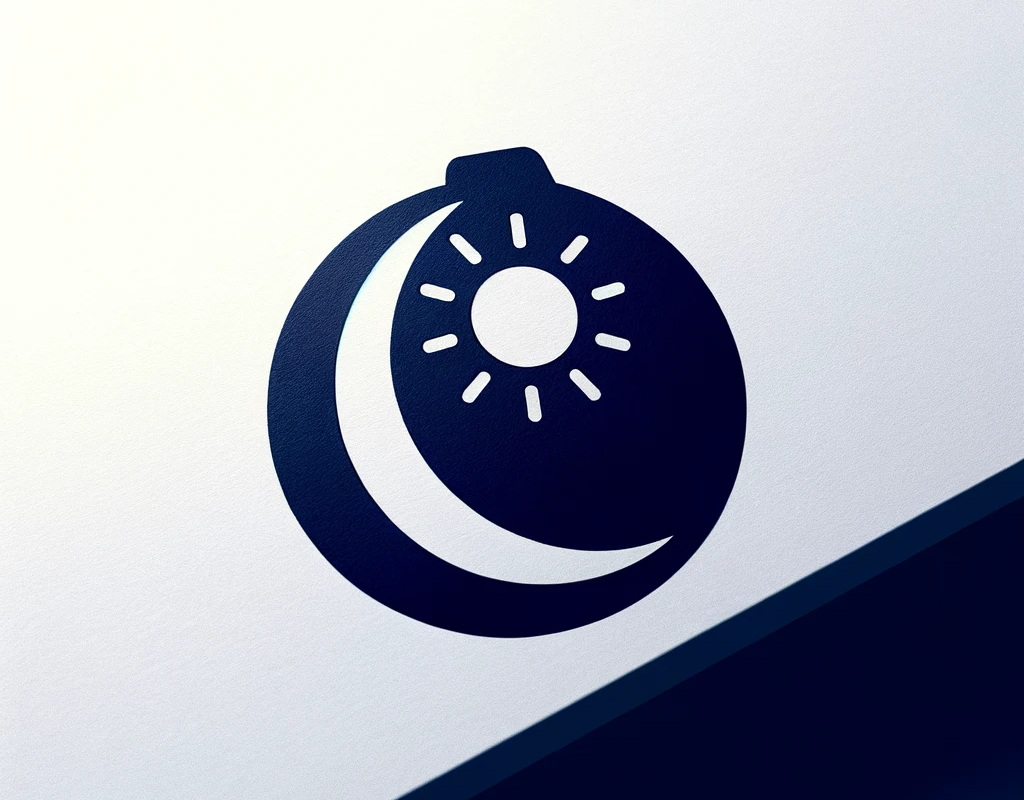Light modifiers are essential tools in photography, significantly impacting the quality, direction, and softness of the light in your images. Understanding and using light modifiers effectively can transform your photography, whether you're a beginner or a seasoned professional.
Types of Light Modifiers
Softboxes: These are among the most popular light modifiers. Softboxes diffuse light, creating a soft and even illumination. They come in various shapes and sizes, each offering a different quality of light.
Umbrellas: Umbrellas are simple and affordable modifiers. They spread light over a wide area, offering a softer light compared to direct flash. Reflective and shoot-through umbrellas are the two main types, each with unique lighting characteristics.
Beauty Dishes: Used primarily in portrait and beauty photography, beauty dishes create a balance between hard and soft light. They produce a focused light with softer edges, ideal for emphasizing facial features.
Snoots and Grids: These modifiers are used for creating a very narrow light beam. Perfect for highlighting specific areas or creating dramatic effects, snoots and grids offer precise control over the light.
Reflectors: Not technically a light source, reflectors bounce existing light, filling in shadows and balancing the overall exposure. They come in different sizes and surfaces like silver, gold, or white.
Choosing the Right Modifier
Subject Matter: The choice of modifier depends on what you’re photographing. Softboxes are versatile for various subjects, while beauty dishes are more suited for portraits.
Desired Effect: If you want soft, diffused light, go for large softboxes or umbrellas. For more dramatic, focused light, snoots and grids are better.
Size and Portability: Consider the size of the modifier for your working space and if you need something easily portable for on-location shoots.
Using Modifiers Creatively
Experiment with Angles: The angle of the light can drastically change the mood and feel of the photograph. Experiment with different positions to see how it affects the subject.
Combine Modifiers: Using more than one type of modifier can create complex lighting setups. For example, use a softbox as the main light and a snoot for a backlit effect.
Play with Distance: The distance of the light from the subject affects the light's softness and intensity. Closer lights result in softer light, while distant lights provide a more focused beam.
Control Shadows: Manipulate the direction and hardness of shadows with the position and type of modifier. This is crucial in creating depth and dimension in your photos.
Modify the Modifier: Sometimes, you might want to alter the light even further. Adding gels for color, or layers of diffusion can customize the light to your exact needs.
Conclusion
Light modifiers are powerful tools in a photographer's arsenal. Understanding their characteristics and learning how to use them creatively will elevate the quality of your photography, giving you the ability to mold and shape light to suit your vision. Remember, the best way to learn is by experimenting and practicing with different modifiers in various scenarios.











